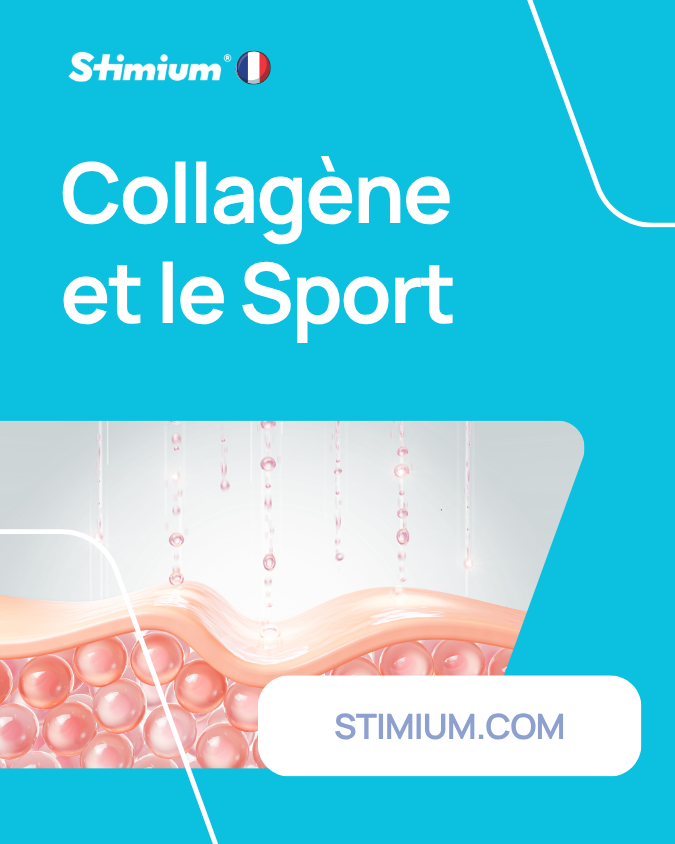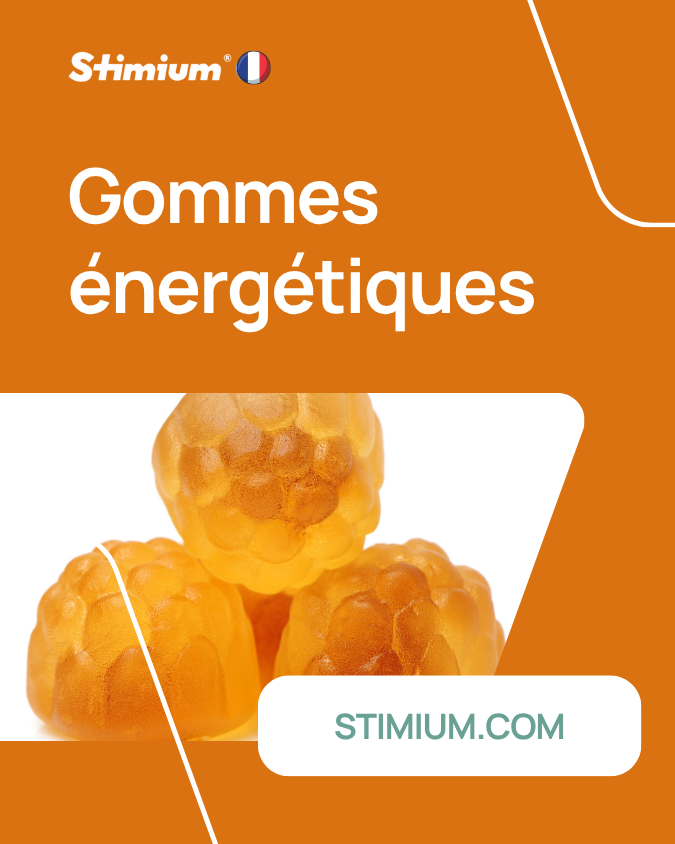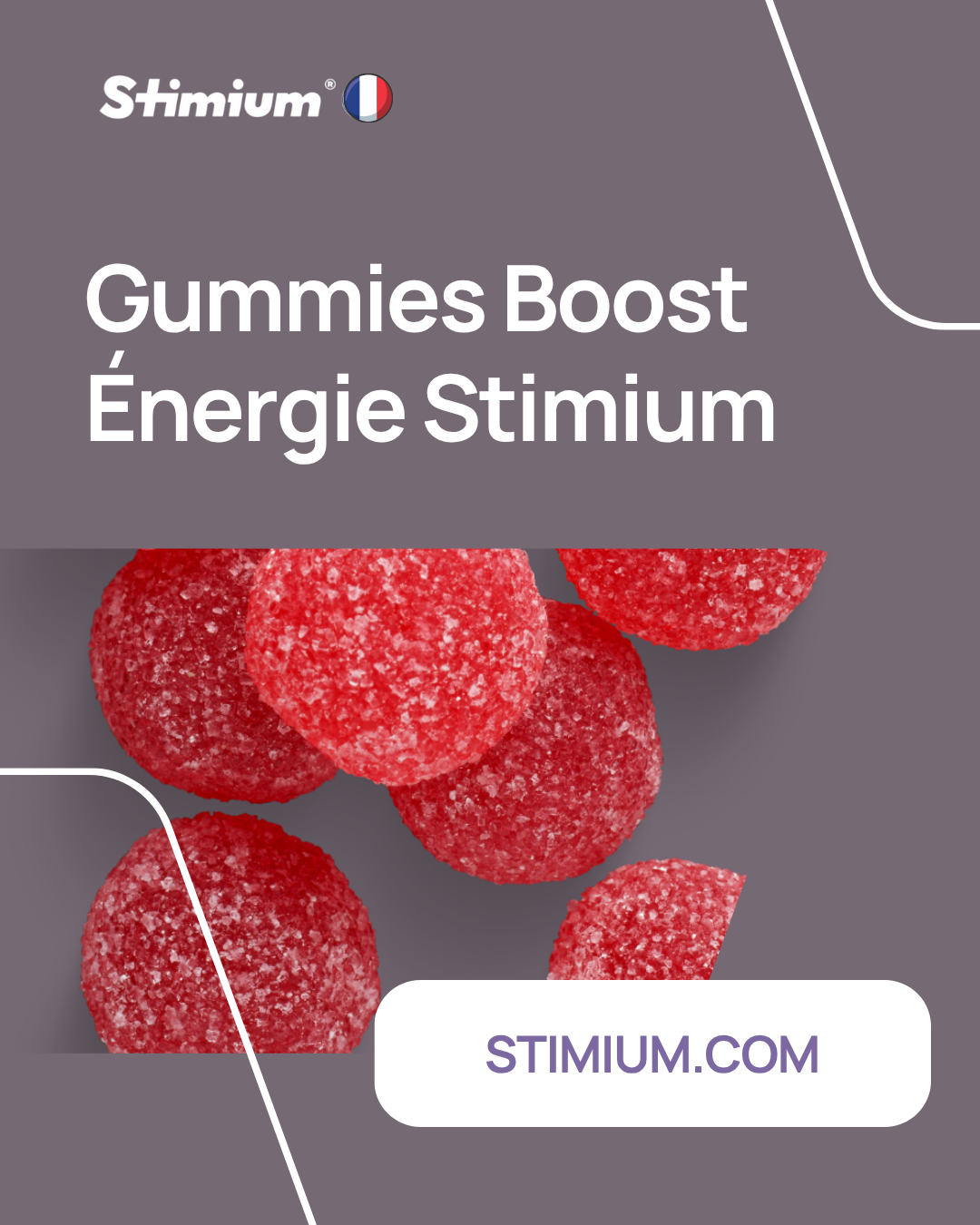Carbohydrates and their derivatives
There is not just one type of sugar. Let's take a look at the words of the great philosophers The Unknowns and the sketch about good and bad hunters. It's a bit the same thing for sugars. There are “good sugars” and there are “bad sugars”. These bad sugars quickly raise blood sugar levels, leading to high insulin production to allow glucose to enter cells. Except that it's a vicious circle with these bad sugars, which have a high Glycemic index because, once consumed, they cause a quick bout of fatigue and above all a new desire to consume sugar! Conversely, there are “good sugars”, rich in fiber, minerals and vitamins used in particular by our brain, not just by our muscles. They will have a lower GI and will allow a gradual release of insulin. Fructose, for example, which we find mainly in fruits or vegetables, has a high sweetening power, with a low Glycemic Index (in comparison for example with sucrose), it is therefore good for our body.
Another way of understanding this family of carbohydrates is through their chemical composition. There are two types of carbohydrates: simple carbohydrates, including glucose, fructose and galactose, and complex carbohydrates, including starch, glycogen and fiber.
In all cases, these carbohydrates will be stored in the body in the form of glycogen, to provide energy to the cells of the human body (1g of carbohydrates provides between 3 and 5 calories). We find these different carbohydrates in our diet, in fruits and vegetables for simple sugars, but also in starchy foods (rice, pasta, potatoes, white bread for starch in particular). It has been known for several decades now that excess carbohydrates can lead to hyperinsulinism and type 2 diabetes in the long term. It is also this category of foods that will need to be reduced for those who wish to start a diet and lose weight. Among the “worst foods”, soft drinks, sweets, cakes, biscuits, drinks, sugary dairy products and non-whole grain cereals are among the products that must absolutely be reduced because they are very rich in added sugars. It is for this reason that as part of a diet, with the help in particular of Stimium Thermoshape to burn fat and/or Stimium Hydro Off to combat excess pounds and have an interesting draining effect, it will be necessary to favor foods low in carbohydrates such as green vegetables, lean meats and fish, unsweetened dairy products, oilseeds and vegetable oils.
Maltodextrin
What is this ?
Maltodextrin is a complex sugar (polysaccharide) resulting from the partial degradation via water (hydrolysis) of a starch (cereals) or a starch (potatoes). It is therefore made up of several simple sugars.
What is it for?
Maltodextrin prevents the depletion of muscle glycogen stores thanks to its rapid breakdown into simple carbohydrates. Indeed, during physical activity, the body obtains energy by breaking down available carbohydrates, first favoring intake through food.
Depending on when it is ingested, maltodextrin will not have the same role, if it is ingested during training it will help maintain carbohydrate stocks to maintain endurance but if it is taken after training it will play a role in muscle recovery because it will regenerate carbohydrate stocks more quickly.
In addition, the consumption of maltodextrin helps reduce cortisol levels (“stress hormone”) and triggers an “insulin peak” which allows carbohydrates to be stored.
Where can it be found in Stimium® products
Stimium Boost - Source of energy for the muscle / Improves alertness and reduces fatigue / Contributes to normal energy metabolism / Powerful antioxidant
Stimium Boost Powder - Source of energy for the muscle / Improves alertness and reduces fatigue / Contributes to normal energy metabolism / Powerful antioxidant

Stimium Pro Nrj - Improves performance and alertness / Reduces muscular and mental fatigue.
Glucosamine sulfate:
What is this ?
Glucosamine is a carbohydrate from the osamine family (an alcohol OH group replaced by an amine NH2 group) whose structure is common to that of glucose. It plays a precursor role in the addition of a carbohydrate group (glycosylation) to proteins and lipids.
What is it for?
Glucosamine has an important role in relieving joint pain , particularly osteoarthritis. In fact, glucosamine is a precursor of glycosaminoglycans which have an essential role in the structure of cartilage, in particular thanks to their strong water retention capacity .
Glucosamine also allows the production of proteoglycans present in cartilage. It thus helps regenerate cartilage and improve joint mobility .
Finally, glucosamine is combined with sulfates to allow better absorption and distribution .
Where can it be found in Stimium® products?
Stimium Joint Flex - Synergistically effective in joint inflammation, mobility and flexibility problems / Avoids morning stiffness
Chondroitin sulfate:
What is this ?
Chondroitin sulfate is a glycosaminoglycan (polymer of sugars with an amine and sulfate group), which is present in connective tissues and particularly in cartilage.
What is it for?
Chondroitin sulfate has effects similar to those of glucosamine sulfate. In fact this one relieved also joint pain and allows you to slow the effects of osteoarthritis .
Chondroitin sulfate also plays a role in water retention at the level of the cartilages, which allows the formation of synovial fluid ensuring a lubrication joints. It also allows cartilage reconstruction and inhibits the enzyme that destroys it (hyaluronidase).
Most often in wellness products, chondroitin sulfate is combined with glucosamine sulfate to maximize their effects.
Where can it be found in Stimium® products?
Synergistically effective in joint inflammation, mobility and flexibility problems / Avoids morning stiffness
Hyaluronic acid:
What is this ?
Hyaluronic acid is a glycosaminoglycan (polymer of sugars with an amine and sulfate group) present in connective tissues (particularly in joints, epithelial and nervous tissues.
What is it for?
Hyaluronic acid allows water retention and therefore the production of synovial fluid which allows lubrication of the joints. Hyaluronic acid therefore has an action for the treatment of joint pain.
It can also have functions in hydrating the eyes and skin, it is a must-have in anti-aging and hydration cosmetic products.
Effective in synergy in problems of inflammation, mobility and flexibility of the joints / Avoids morning stiffness
Bibliography:
Tea food supplements intended for athletes , Notice of ANSES, November 2016
Micronutrition and nutritherapy, Jérôme Manetta







